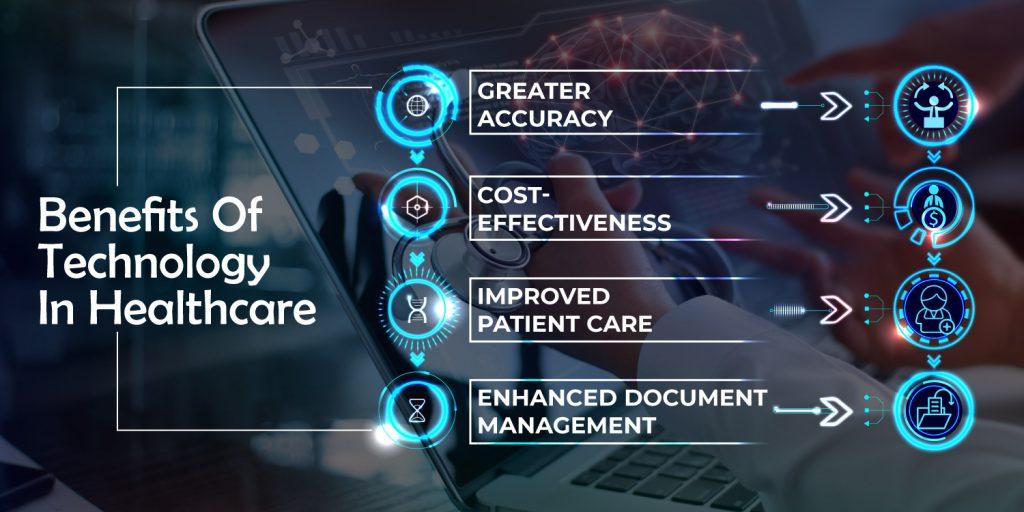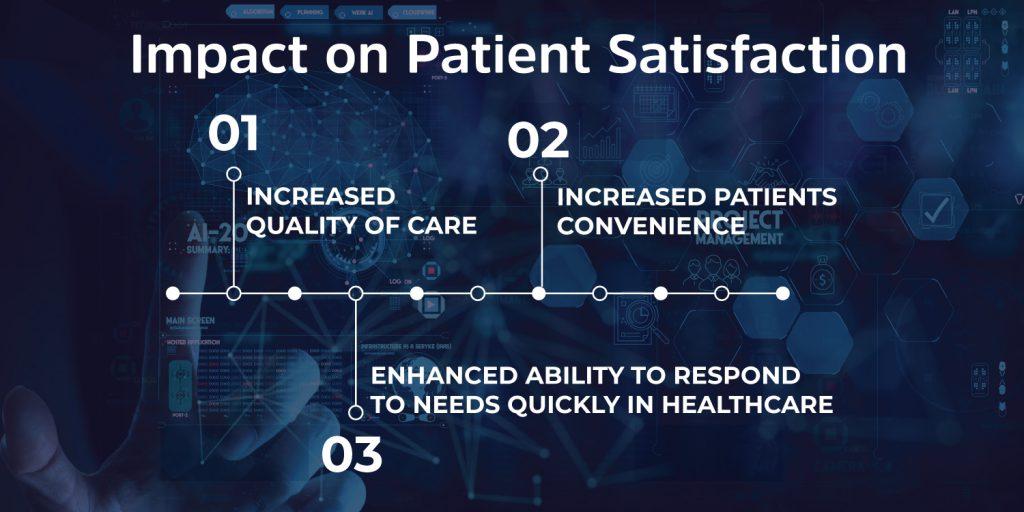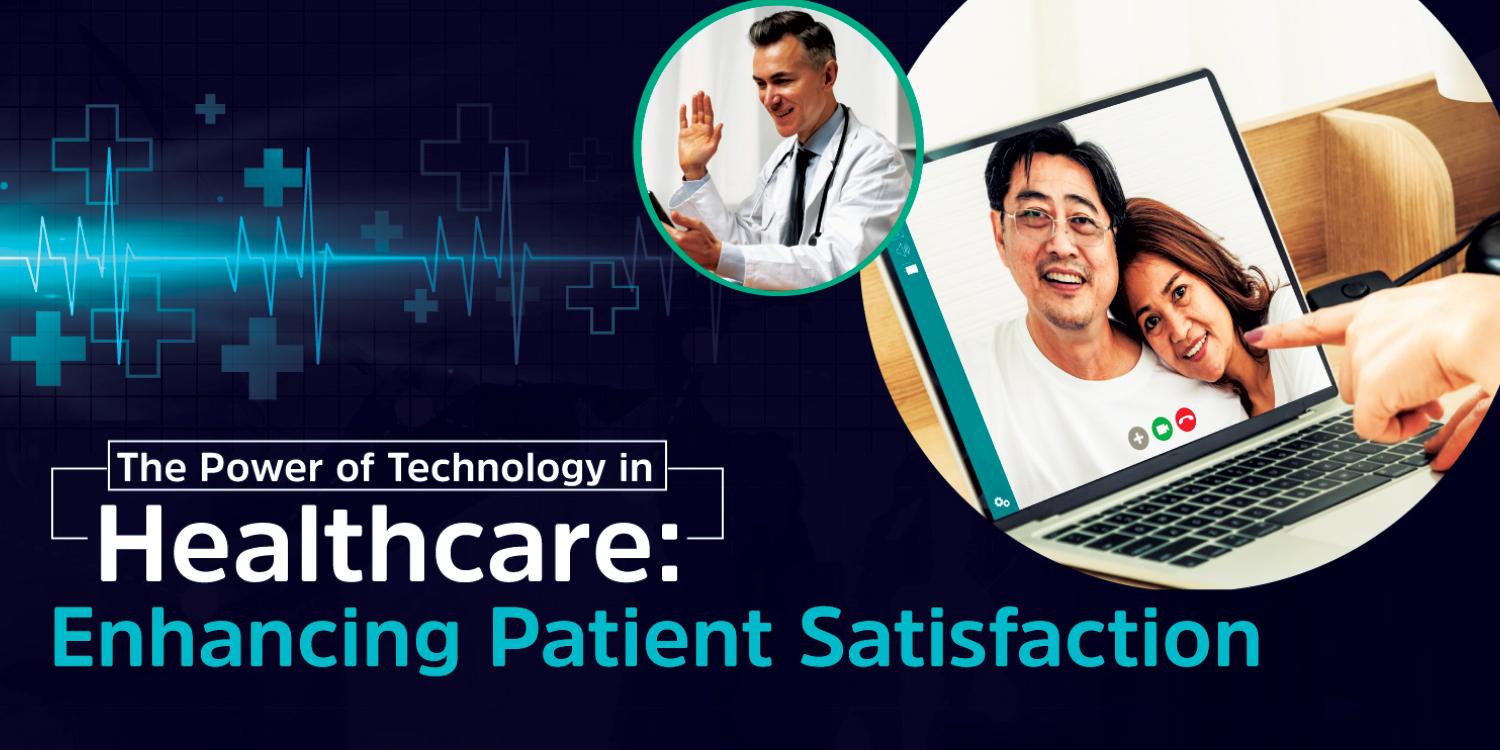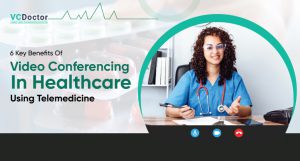The Power of Technology in Healthcare: Enhancing Patient Satisfaction
Technology in healthcare has become an essential, and the trend is only growing. From artificial intelligence to virtual reality, new technologies are being used in healthcare to improve patient care, enhance diagnosis accuracy, streamline administrative processes, and reduce costs.
The use of technology trend in healthcare is becoming increasingly prevalent as it offers several advantages, such as improved communication between providers and patients, increased accuracy in diagnosis and treatment planning, and better access to medical records and data analysis capabilities.
As technology continues to evolve rapidly, the potential for emerging technologies such as machine learning and augmented reality to revolutionize healthcare is becoming more apparent. To fully utilize these advances, healthcare organizations must stay current with the latest trends.
Table of Contents
- Definition of technology in healthcare
- Benefits of technology in healthcare
- Impact on Patient Satisfaction
- Write Examples of Technology in healthcare with paragraphs.
- Challenges of Implementing Technology in Healthcare
- Conclusion
Definition of technology in healthcare
Technology in healthcare refers to the use of multiple forms of technology to improve the delivery of healthcare services. These technologies can include but are not limited to, electronic health records (EHRs), telemedicine services, robotics, artificial intelligence (AI), 3D printing, wearable devices, and medical imaging.
Technology in healthcare is an ever-evolving field that constantly seeks new ways to improve patient care, reduce medical errors, and increase efficiencies within the healthcare system.
Benefits of technology in healthcare
Technology has revolutionized healthcare in many ways, leading to better patient outcomes and improved efficiency for healthcare providers. Some of the key benefits of technology in healthcare include:

1. Improved Patient Care
By utilizing emerging technology in healthcare, healthcare professionals can more efficiently diagnose, monitor, and treat patients in various ways. This may involve using medical devices to monitor vital signs, telemedicine to consult with distant physicians, and sophisticated software programs to store and analyze large amounts of medical information.
2. Enhanced Document Management
Technology has made it much easier for healthcare providers to quickly record and store patient data, allowing for more efficient management of documents. It has also made it possible for healthcare providers to securely transfer patient data across different providers, allowing them to consult with one another and make well-informed decisions about patient care.
3. Cost-effectiveness
Healthcare providers can save time and money by streamlining processes and utilizing cost-effective data storage methods.
4. Greater Accuracy
Technology has made it possible to quickly and accurately diagnose and monitor patients, thereby reducing the risk of medical errors and avoiding unnecessary or missed treatments.
Impact on Patient Satisfaction

Increased quality of care
Increased quality of care means patients receive the best possible care when needed. This includes improved access to doctors and other providers, comprehensive health education, better diagnosis and treatment, better patient outcomes, fewer hospital-acquired infections and other complications, reduced wait times, improved patient satisfaction, and more.
Quality of care can also be improved by increasing the efficiency of care delivery and using technology to improve patient interaction, communication with providers, and continuity of care.
Increased patients convenience
It is essential that patients feel comfortable and relaxed when they come to the hospital. When patients are relaxed, they are more likely to comply with their treatment plan and follow their doctor’s orders.
In addition, relaxed patients are more likely to be satisfied with their care and are less likely to file a complaint. One way to increase patients’ convenience is to offer them a variety of amenities.
For example, patients can be allowed to choose their meal from a menu, or they can be given a choice of pillows and blankets. Other amenities that can be offered include magazines, TV channels, and movies. By offering patients a variety of amenities, we can increase their convenience and make their stay more comfortable.
Enhanced ability to respond to needs quickly in healthcare
In a rapidly changing healthcare landscape, it is more important than ever for healthcare organizations to respond quickly to the needs of their patients and communities.
A recent study by the University of Michigan found that healthcare organizations that can respond quickly to changes in the healthcare landscape are more likely to meet their patients’ needs successfully.
Write Examples of Technology in healthcare with paragraphs.
Technology has revolutionized the way that healthcare is practiced.
From modern imaging devices, such as MRI and CT scanners, to intelligent algorithms and wearable technology in healthcare that can accurately detect cancer, technology is increasingly being used as a revolutionary force in healthcare.
One key area of health tech is telemedicine. In many parts of the world, the availability of medical professionals is limited, and support services may be distant or unavailable.
Telemedicine technology connects healthcare professionals with clinicians and patients in distant locations, allowing doctors to share information or advise their counterparts without traveling. In addition, video calls can exchange information quickly, allowing people to receive care promptly.
Future technology in healthcare: Robotic surgery is another area of health tech that has become increasingly popular recently. By using robots, skilled surgeons are able to operate with greater accuracy and precision, allowing them to perform complex procedures that would otherwise be difficult or impossible. Furthermore, the small size of robotic instruments means that smaller incisions can be used, which speeds up recovery times and minimizes the risk of infection.
Challenges of Implementing Technology in Healthcare
Ensuring data security in healthcare
Data breaches are becoming increasingly common in healthcare. With the sensitive nature of healthcare data, these breaches can have serious repercussions for patients, providers, and the healthcare system.
That’s why healthcare organizations must have strong data security measures in place. In this article, we’ll discuss some of the critical steps to ensure data security in healthcare.
There are several ways to protect healthcare data, from encrypting data to access control measures. Healthcare organizations can help keep their patients’ data safe and secure by taking these steps.
Difficulties in integrating technology
There is no denying that technology has transformed the way we live and work. It has given us ease of life in many ways but has also introduced new challenges. One of our biggest challenges today is integrating technology into our everyday lives.
Technology has infiltrated our lives, from how we communicate to how we entertain ourselves. This constant bombardment of technology can be overwhelming, and finding a balance cannot be easy. Many of us have trouble disconnecting from our devices and taking a break from the online world. We are now more connected than ever, but this constant connection can harm our mental and emotional health.
Technology integration will continue for a while, so we must find ways to cope with this ever-changing landscape. But first, we need to learn how to use technology.
Difficulty in training healthcare staff
Despite the difficulty in training healthcare staff, there are many ways to make the process easier. By using technology, we can make the training process more efficient and effective.
Additionally, by working with healthcare organizations, we can design customized training programs that meet the specific needs of their staff.
With these tools, we can ensure that healthcare staff is adequately trained and prepared to provide the best possible care to their patients.
Do you want to experience the best technology in Healthcare with VCDoctor? Join Now.
Conclusion
As we have seen, technology can enhance patient satisfaction in several ways.
By providing patients with easy access to their health information, enhancing communication between patients and providers, and improving the efficiency of healthcare delivery, technology can create a more positive healthcare experience for everyone involved.
While some challenges remain to be addressed, such as ensuring data security and protecting patient privacy, the overall trend is clear: technology innovations in healthcare is transforming healthcare for the better and enhancing patient satisfaction.
Excited to use new technologies in healthcare? Start with VCDoctor.




